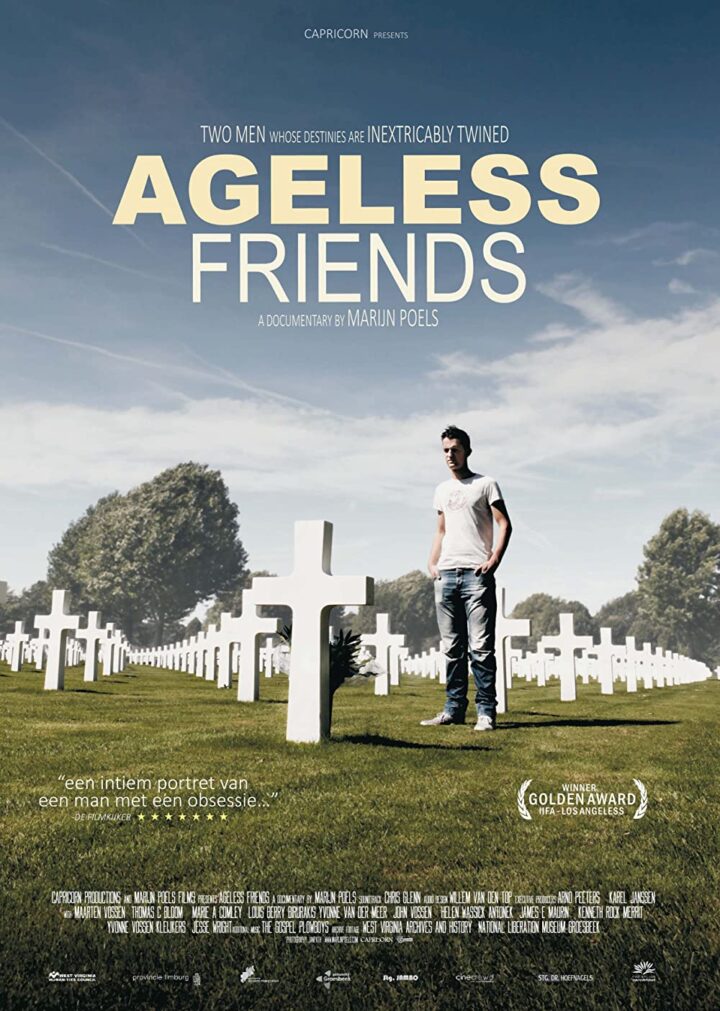History Curriculum for Your Classroom or Homeschool
Want to supplement your U.S. or West Virginia history lessons through the lives of everyday veterans? Check out our material for grades 8-12 here.
New biographies from the most recent project year are located in this topmost section as they are made available. Older biographies can still be found by scrolling down the page.
Please note that *all prior biographies* are currently undergoing layout updates— updated versions will be posted when the new project page goes live. All 2025 biographies will be posted by July 4. We are so proud of our 2024-25 students and researchers!
Goodpasture, Elizabeth Virginia - USN
Mullins, Rollen and Hiram Jr. - USMC
Prutsok, Johnnie Edward - USMC
Whitehair, Frederick Earl - USA
Wilhelm, Guy Franklin Sr. - USA

This page is undergoing changes as we add biographies and improve the quality of the West Virginia National Cemeteries Project.
We are in the process of:
Two digital exhibits are now part of our West Virginia National Cemeteries Project materials. The foundation of each was a corresponding collection at West Virginia University's West Virginia and Regional History Center, where our team gradually began uncovering the stories of Navy Pharmacist Clifford Condon and Army Lt. Col. Nelson Rufus Bickley Jr. The resulting interactive exhibits bring Bickley and Condon vividly to life.
Thank you for honoring their service by taking the time to learn about their lives.
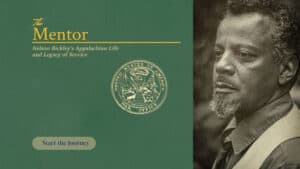
In the aftermath of the American Civil War (1861-1865), that bloody conflict’s unprecedented number of casualties required a new vision for how American veterans would be honored and buried. Efforts by Congress and the U.S. military soon gave rise to a system of “national cemeteries.”
There are now 155 such cemeteries spanning the country, staffed by the National Cemetery Administration (NCA), a division of the U.S. Department of Veterans Affairs (VA). In 1867, Grafton National Cemetery in Taylor County, West Virginia, was among the first wave of these new institutions (and created only four years after the birth of West Virginia). When Grafton began running out of space after the Vietnam War, the newer West Virginia National Cemetery was commissioned four miles away from Grafton in Pruntytown. It opened in 1987, and both cemeteries are administered by the same NCA staff. These are West Virginia’s only national cemeteries.
In 2021, the West Virginia Humanities Council obtained funding through the VA’s Veterans Legacy Program (VLM) to pilot a new initiative honoring the service of men and women interred in Grafton and Pruntytown: the West Virginia National Cemeteries Project. Since then, the project has continued to grow and evolve through funding from the VLM’s successor, the Veterans Legacy Grant Program (VLGP).
Approximately 40-50 West Virginia high school students from Grafton High school and University High School in Morgantown, assisted by graduate-level researchers from West Virginia University’s Public History program, work in small groups for several months to research and write biographies of individual veterans. The biographies available on this page are the result of their hard work.
Using newspapers, yearbooks, obituaries, census records, city directories, archival records, and sometimes even letters or interviews with family members, the students sought to vividly memorialize the lives and service of their veterans. In the eyes of the project, every veteran’s experience is considered equally valuable. There is no requirement for length of service; a veteran need not have seen combat or served during a conflict. The only prerequisite is interment at one of West Virginia’s two national cemeteries.
The Humanities Council is proud to salute America’s veterans through the West Virginia National Cemeteries Project, and continues to be honored by the assistance and/or partnership of the Taylor County Historical and Genealogical Society, Grafton High School, West Virginia University, West Virginia Archives and History, as well as many supportive members of the public. We hope to nurture and expand the project for many years to come.
Please forward questions or comments to the Council program officer at warmack@wvhumanities.org

The biographies below are undergoing visual enhancements and accessibility improvements. In some cases, new information has become available to enhance an individual veteran's story. New versions are coming in 2025 with the launch of our new project page! In the meantime, please enjoy these original drafts.
One improvement is the launch of our new "living bibliography," which allows our team to more easily update biographies and their sources if new information becomes available. Use the link above if you need to trace a biography's sources!
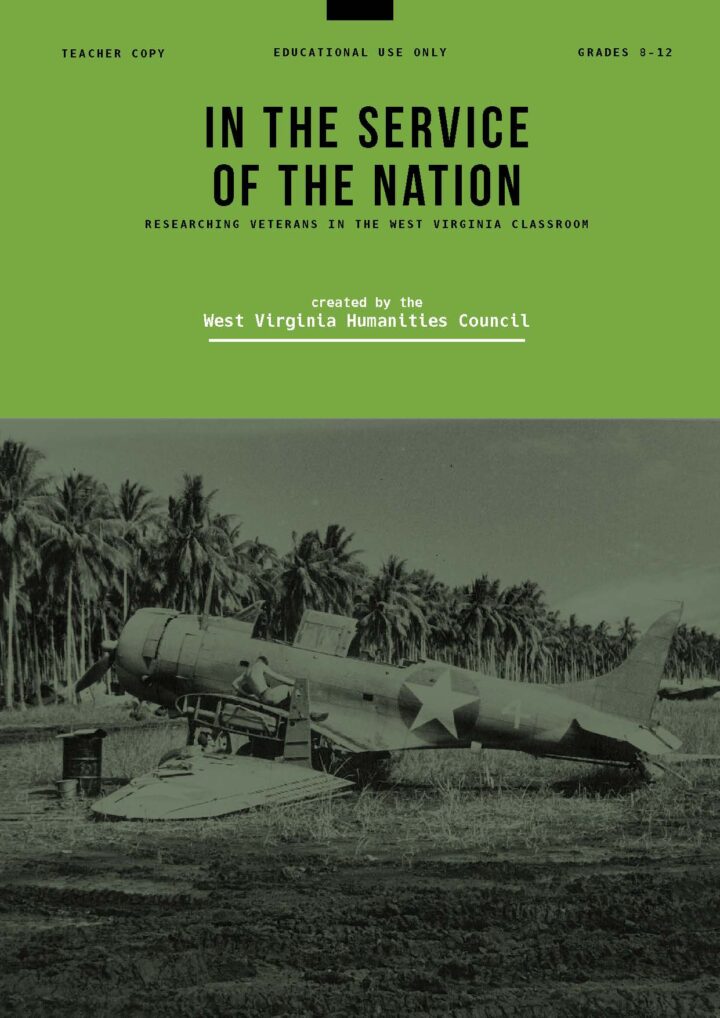
Want to supplement your U.S. or West Virginia history lessons through the lives of everyday veterans? Check out our material for grades 8-12 here.
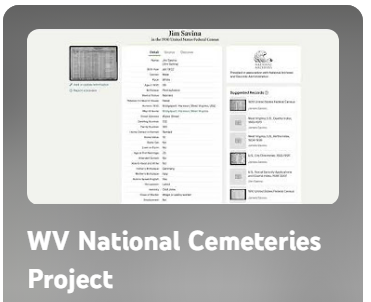
Topical video tutorials for students of the West Virginia National Cemeteries Project
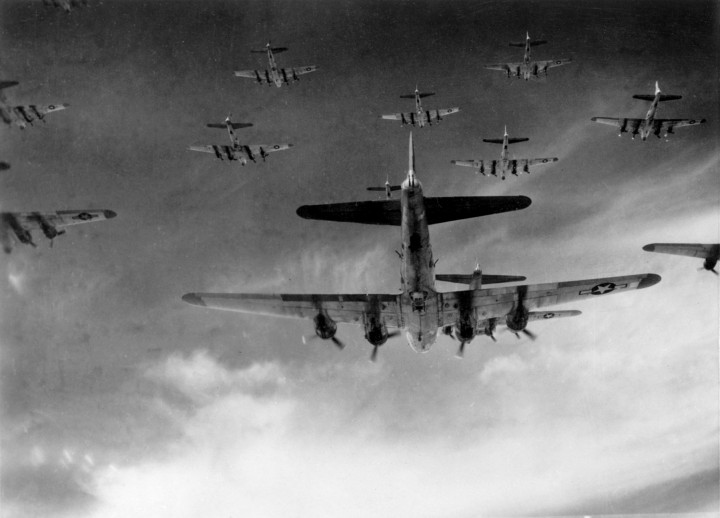
With special funding from the National Endowment for the Humanities, the Humanities Council partnered with West Virginia military veterans to produce a six-part web series titled West Virginia Standing Together: The Humanities and the Experience of War.
